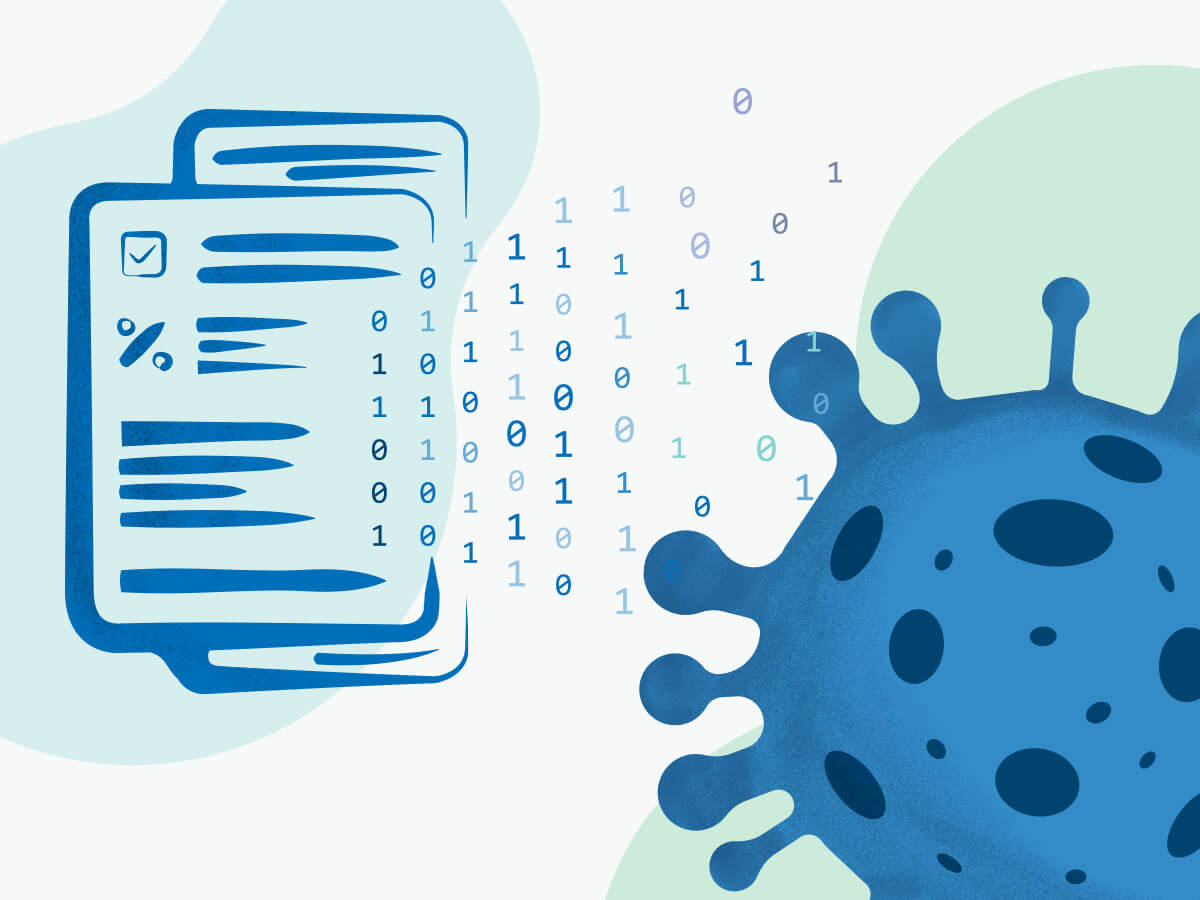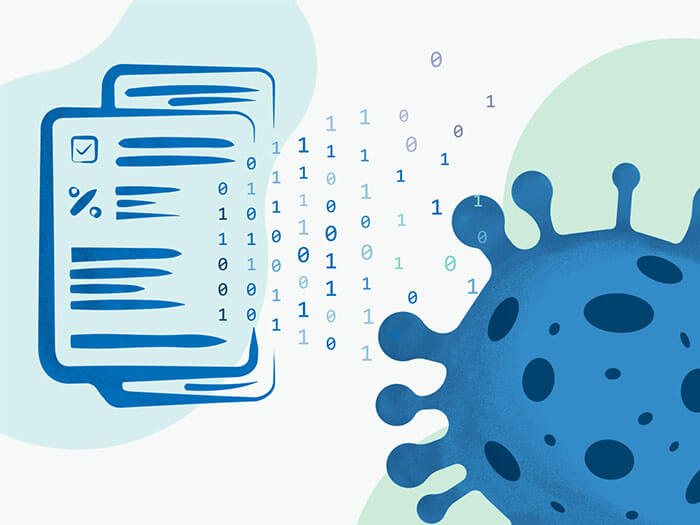
Are you up to date on the latest tax changes?
 The simplified guidelines introduced in 2021 for employees working from home due to COVID-19 have been extended
The simplified guidelines introduced in 2021 for employees working from home due to COVID-19 have been extended
Every year brings its share of tax updates and 2021 was no different. Here are some of the main administrative and legislative changes to keep in mind as we move into busy season.
ELECTRONIC COMMUNICATIONS WITH THE CRA
To improve the Canada Revenue Agency’s ability to operate digitally, the 2021 budget included proposals that would significantly change how it communicates with taxpayers and their advisers. These include changes that will allow the CRA to send notices of assessment electronically for individuals who file their T1 return electronically and for those who employ the services of a tax preparer that files their T1 electronically.
While it appeared at one point that this change would be implemented for the 2022 busy season, the government has now clarified that it will not come into effect until July 2022. This is welcome news, says FCPA Bruce Ball, CPA Canada’s vice-president of taxation. But it would be even more helpful if the implementation is deferred at least until the fall.
“This is a change that will have a significant impact on taxpayers and preparers,” says Ball. “Tax software developers may need to update their products and tax preparers may need to change their practices. Moreover, time is needed for CRA to consult with stakeholders to ensure concerns can be considered and addressed.”
Update: Although we have asked CRA to confirm, it now appears that this change will apply on January 1, 2023 based on draft legislation released on February 4, 2022*.
HOME OFFICE EXPENSES
The simplified guidelines introduced in 2021 (2020 taxation year) for employees working from home due to COVID-19 have been extended and two methods to determine the deduction will continue to be available to them.
The temporary flat rate method allows eligible employees to claim a deduction of $2 for each day worked from home in 2021 due to COVID-19, up to a maximum of 250 days or $500.
Under the detailed method, employees can claim the employment portion of the actual home office expenses paid and the calculations are essentially the same as for employees who are required to work at home generally. To calculate the deduction, employees must first determine the total of their eligible expenses overall and then prorate these expenses based on the portion of their home used for employment. They must then receive a signed T2200 or T2200S form from their employer and complete the detailed method section of Form T777S.
While each situation is unique, the temporary flat rate method is simpler to use, says CPA Vivian Leung, principal, taxation at CPA Canada. “No forms are required from the employer, and the employee only needs to track the days worked at home and to use Form T777S.”
EMPLOYER-PROVIDED BENEFITS AND ALLOWANCES
The CRA has given an update on how to apply the administrative rules it introduced last year to provide relief on employment benefits for 2021 and 2022. Generally speaking, the original announcement relating to 2020 will now apply from March 15, 2020 to December 31, 2022. However, some additional relief has been announced.
- Tax news: CRA makes further updates to guidance on employee benefits due to COVID-19 (CPA Canada news item: January 18, 2022)
Here are a few of the updates:
- The maximum reimbursement per employee for home office equipment is $500 and this limit applies to the entire period (i.e., March 15, 2020 to December 31, 2022). The CRA website explains: “For example, if an employee purchases a computer for $400 in 2020 and an office chair for $250 in 2021 that they will keep after the pandemic and are fully reimbursed, the amount over $500 (that is, $150) must be included in the employee’s income in 2021.”
- Accountable allowances are also eligible for the equipment reimbursement rule. (An accountable allowance is one where the employee must produce receipts to account for the expense and return any amount they did not spend.)
With regard to employer-provided parking, the CRA now specifies that the relief applies “when a regular place of employment is closed due to COVID-19, including situations where employees have been sent home by the employer or have been given the option to work from home on a full-time basis due to the pandemic, employer-provided parking at the regular place of employment will not be considered a taxable benefit by the CRA.”
COVID-19 BENEFITS
The tax treatment of COVID-19 benefit amounts has received Royal Assent. As the CRA website explains, “Individuals can choose to claim a deduction for repayments made before January 1, 2023 of certain COVID-19 benefit amounts they were not entitled to receive (or chose to repay) on their income tax and benefit return (the return) for the year they received the benefit rather than on the return for the year they repaid the benefit. It also allows them to split the deduction between those two returns as long as the total deduction is not more than the total amount repaid.”
- Tax news: CRA responds to the top questions from CPAs across Canada (CPA Canada news item: December 17, 2021; includes a link to the response from the CRA)
In addition, the Government of Canada is providing targeted interest relief for Canadians who received COVID-19 benefits in 2020. To qualify, individuals must have filed a tax return for 2020, had taxable income of $75,000 or less in 2020 and have received income support in 2020 through one or more of the COVID-19 benefits, including the Canada Emergency Response Benefit, the Canada Emergency Student Benefit and the Canada Recovery Benefit.
If a person who received COVID-19 benefits in 2020 is later determined ineligible for those amounts received and repays them in full, they will not automatically be disentitled to the targeted interest relief to April 30, 2022.
CLIMATE ACTION INCENTIVE (CAI)
As per the Department of Finance website, legislative proposals will change the delivery of CAI payments from a refundable credit claimed annually on personal income tax returns to quarterly payments made through the benefit system. This, it says, will deliver Canadians’ CAI payments on a more regular basis.
Starting with the 2021 tax year, the CAI will be paid quarterly starting in July 2022 with a double payment (covering the two quarters beginning April and July 2022), instead of being claimed on the tax return. This applies only to Alberta, Manitoba, Ontario and Saskatchewan.
- Tax news: Government releases draft legislation on delivering Climate Action Incentive (CAI) payments quarterly (CPA Canada news item: December 6, 2021)
INTERNATIONAL TAX
The CRA has updated its guidance to extend the administrative relief that was provided to Canadian-resident cross-border workers in respect of their 2020 tax obligations to also apply to 2021.
LEARN MORE
More details on these changes are available in our 2022 personal tax season: What’s new for 2021 tax returns tax blog. You can subscribe for blog updates by checking Tax Blog under My Subscriptions in your profile.
You will also find many resources on the Practitioner’s Portal, as well as on our page dedicated to financial literacy resources for small and medium businesses.
*This article was updated on February 8, 2022 with the reference to the Feb. 4 draft legislation.